Jamie Lee Curtis' Boast About 'Halloween' Opening Is Scary Good For Women
“Halloween” made a killing at the box office, prompting its star, Jamie Lee Curtis, to cut right to the horror movie’s breakthroughs for women.
The 59-year-old actress, who reprised her character Laurie Strode in the classic slasher series, wrote on Sunday what she called a “boast post” after the film opened with an estimated $77.5 million over the weekend.
OK. I’m going for one BOAST post. Biggest horror movie opening with a female lead.
Biggest movie opening with a female lead over 55.
Second biggest October movie opening ever.
Biggest Halloween opening ever #womengetthingsdone @halloweenmovie pic.twitter.com/DhUBy82z3U— Jamie Lee Curtis (@jamieleecurtis) October 21, 2018
As reported by Variety, the flick had the best horror opening ever with a female lead and the highest-grossing debut for a movie with a female lead over 55.
Not to mention that it was the most profitable “Halloween” opening among the franchise’s 11 entries, and the second-highest debut for any film (in any genre) released in October.
Dwayne “The Rock” Johnson noticed, writing: “Raising the bar!!”
Wow!! F*ck yes!!! Raising the bar!! 👏🏾👏🏾👊🏾
— Dwayne Johnson (@TheRock) October 21, 2018
Curtis, whose Laurie takes on now-escaped mass murderer Michael Myers in what is billed as a direct sequel to John Carpenter’s 1978 original, had said in the clip above that she hoped the film would inspire more strong female leads in Hollywood.
HuffPost critic Matthew Jacobs called the movie a “thrilling feminist frolic.”
Related Coverage
How 'Halloween' Rose From The Dead
The New 'Halloween' Trailer Is Killing Us With Nostalgia
The New 'Halloween' Is A Satisfying Showdown That Belongs To Jamie Lee Curtis
Also on HuffPost
Love HuffPost? Become a founding member of HuffPost Plus today.
Halloween originated from the Celtic festival of Samhain.
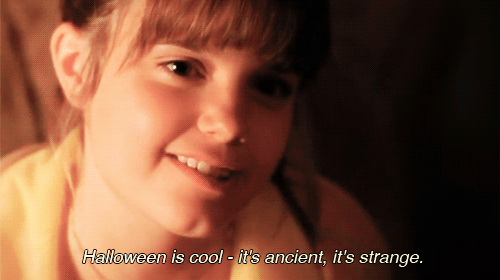
What did they do to ward off the ghosts? Dress up in animal heads and skins to entertain and confuse the spirits, naturally.
We can thank the Romans for that whole bobbing for apples thing.
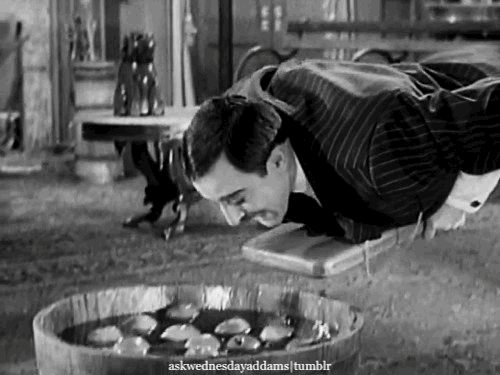
Around 43 A.D., once the Romans had conquered Celtic territory, they took the festival of Samhain and combined it with two of their own festivals: Feralia, a day to remember the dead, and the festival of Pomona, a day to celebrate the goddess whose symbol was the apple. Fast forward a few thousand years, and now we're bobbing for those damn things.
The word Halloween comes from the Middle English word "Alholowmesse."

The new, fusion holiday was also known as All-hallows (derived from Alholowmeesse, or All Saints' Day in Middle English), therefore the night before became All-hallows Eve, and then Halloween.
Americans weren't too jazzed about Halloween... at first.
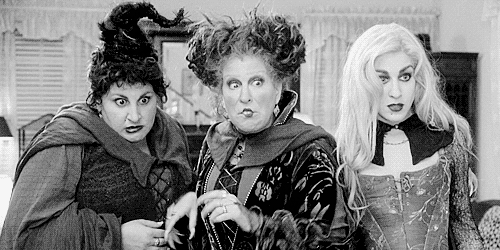
But when the Irish Potato Famine sent an influx of Irish (Catholic) immigrants to the America, Halloween gained some traction. In the late 1800s, Americans began dressing up, going door to door for treats, and celebrating within their communities.
Eventually, we came around; Halloween is now America's 2nd largest commercial holiday.
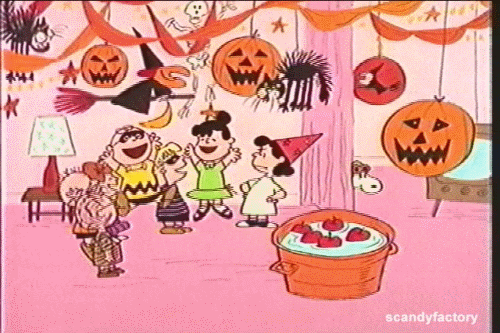
Just how commercial you ask? Americans spend a cool $6 billion each year on Halloween.

The astronomical amount of money spent on candy is no fluke.

The original jack-o'-lanters were made from turnips, beets, and potatoes.
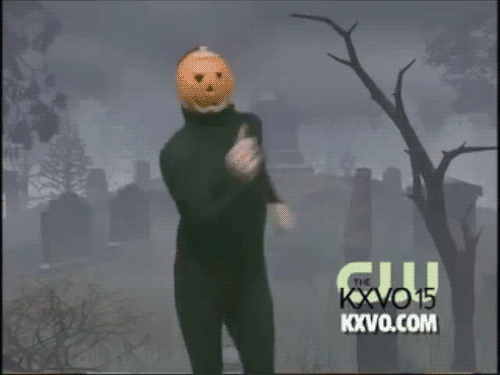
The Scots and the Irish paid tribute to Jack by recreating his lantern with potatoes, turnips and beets on Halloween. When immigrants brought the tradition to the United States, they used the native pumpkin for their holiday carvings.
A Halloween full moon is even more rare than a white Christmas.

This article originally appeared on HuffPost.
